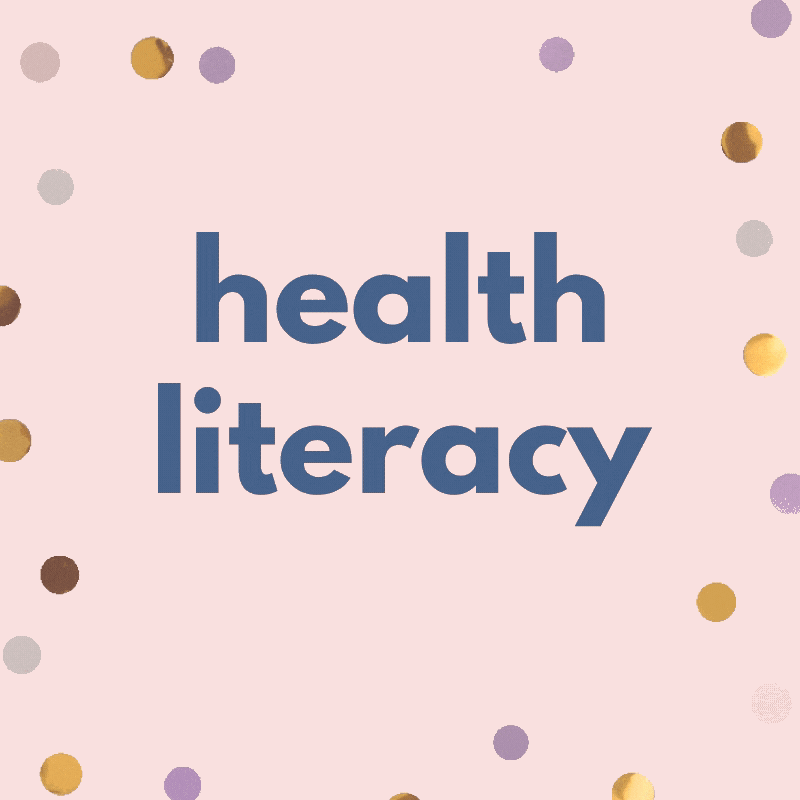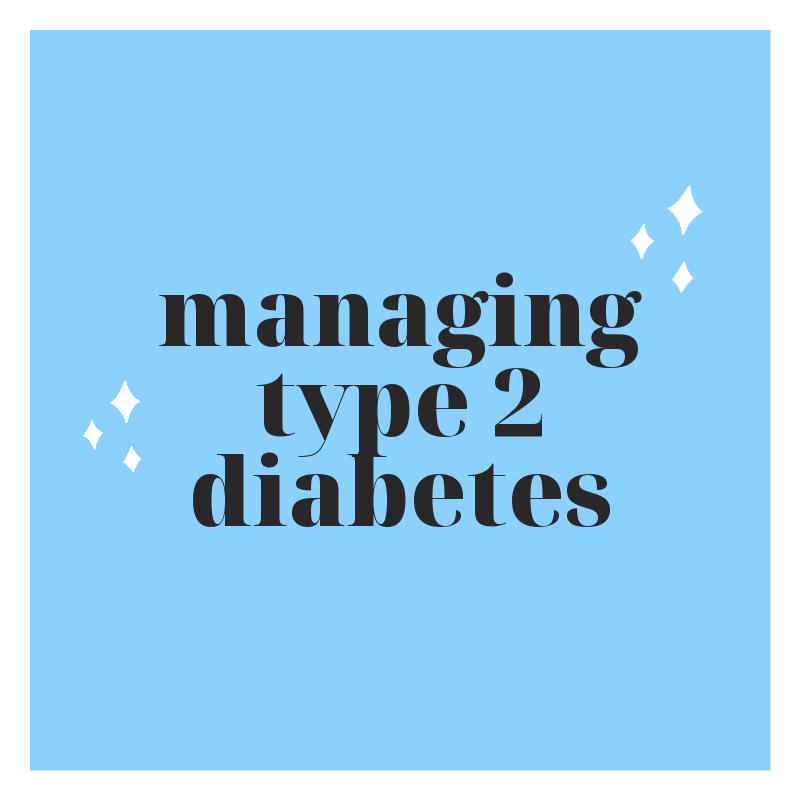
Supporting one’s health involves more than just dietary health, it also involves physical and mental wellness. This awareness month is designed to help educate people about the health benefits of yoga and inspire a healthy lifestyle. This dedicated month was created in 2008 by the Department of Health and Wellness. Although there are many types of yoga, the activity has been growing in popularity and does have some health benefits.
What are the health benefits of yoga?
- Increased flexibility
- Increased muscle strength
- A focus on breathing
- Mental benefits
According to the American Osteopathic Association’s website: “The purpose of yoga is to build strength, awareness and harmony in both the mind and body,” (Natalie Nevins, DO, a board-certified osteopathic family physician and certified Kundalini Yoga instructor in Hollywood, California).
More information can be found from: https://osteopathic.org/what-is-osteopathic-medicine/benefits-of-yoga/
How do I get involved?
If you’re interested in trying yoga, it is very easy to get involved. All you need to do is just start it with a little guidance. That guide can be found in the form of a class or a virtual teacher. Search your nearby area for yoga studios, or look online for yoga instructors with videos. Need equipment? To get started, all you need is a yoga mat. They can be easily found online or in athletic stores. If you want to get more involved with equipement, you can also buy blocks, weights, or elastic bands. But to start, a yoga mat is perfect.
Yoga is for all.
Yes. Yoga should always be an activity that states do as much as your body can allow and feel comfortable to do. The yoga routine will not be the same for everyone, because everyone’s body is different. Some weeks, you will be more sore in your legs, so focus your energy on stretching your legs. If you can’t do a stretch, don’t. Yoga is for acknowledging and reconnecting with your body.
Source: https://www.forbes.com/sites/jeannecroteau/2019/09/02/september-is-national-yoga-month–how-you-can-get-started/?sh=643dc0bb2b30










